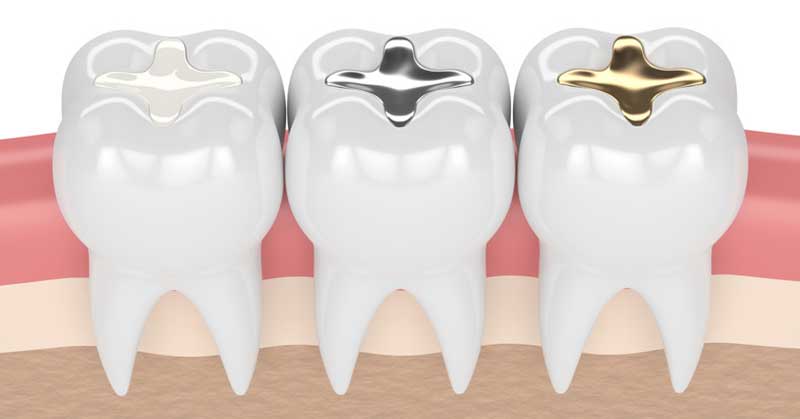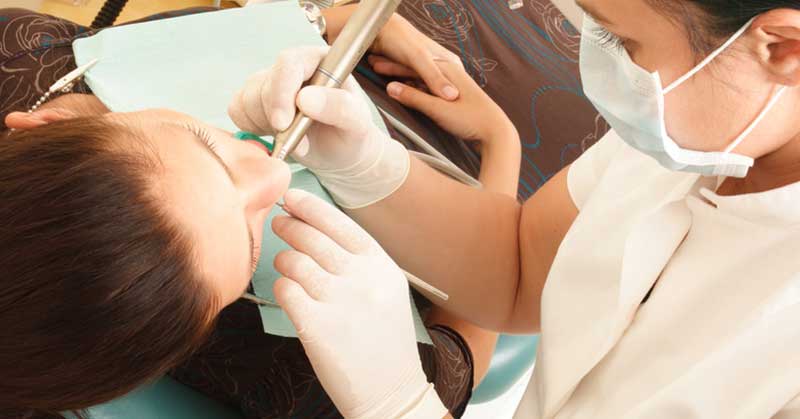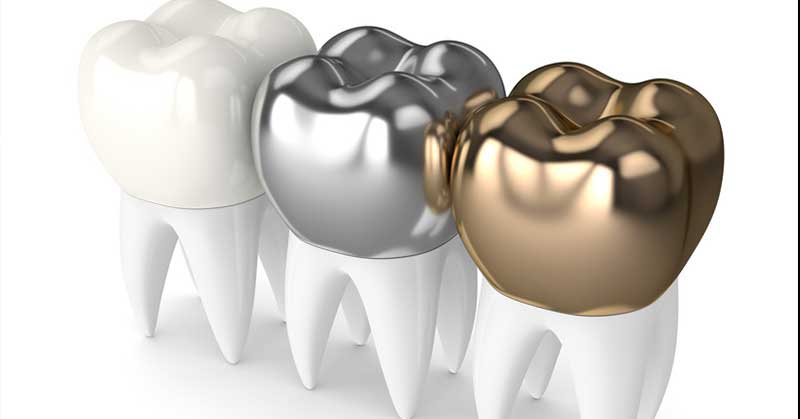
For many years silver amalgam was the primary material used for dental fillings. Although it was extremely strong and durable, it did have some drawbacks. Amalgam is made from a combination of silver, copper, tin and elemental mercury. While it’s true that mercury is a toxic substance, there has never been any evidence that the tiny amount of mercury contained in silver amalgam is dangerous to a person’s health. Still, it’s understandable that many dental patients have questioned the safety of silver amalgam, which is one of the reasons why other dental materials have been created over the past several years — to give those people mercury-free alternatives.
The two most commonly used mercury-free filling materials are composite resin and glass ionomer cement. What follows is some helpful information about each of these mercury-free filling materials.
Composite Resin
The most popular alternative to silver amalgam is composite resin. Restoration made from this material are often referred to as “tooth-colored fillings” because they can be made to very closely match the color of the patient’s natural teeth. Composite resin is created from an acrylic resin plastic material that is further strengthen by a powdered glass filler. Tooth-colored fillings are not only an attractive alternative to old-fashioned silver amalgam, they are also extremely durable and won’t change color over time (as opposed to amalgam, which turns very dark after a number of years).
Glass Ionomer Cement
A less-common alternative to silver amalgam or composite resin is glass ionomer cement. Although the exact composition of glass ionomer cement varies somewhat, this material usually consists of a base (such as zinc oxide, for example), organic acids (eugenol is a common one), acrylic resin and glass filler. Fillings made from glass ionomer cement can be created to match the patient’s natural tooth color, similar to composite resin. But they differ from composite fillings in that they don’t require blue light hardening that composite fillings do. Instead, glass ionomer cement is self-curing. While it’s true that glass ionomer cement looks very much like the patient’s natural tooth surface and it is quite strong and durable, it is typically only recommended for small-sized fillings.
Although silver amalgam is still used by many dentists, more and more dental professionals are offering composite resin and/or glass ionomer cement as a filling material. If you are concerned about the mercury contained in amalgam, you should know that there are other alternatives that are not only strong, but are barely noticeable by other people. Thanks to modern dental technology, today’s dental patients can choose either of these mercury-free materials as opposed to traditional dental amalgam.










